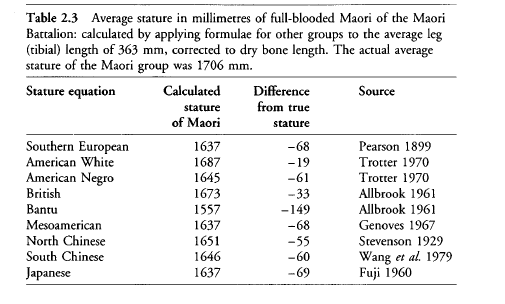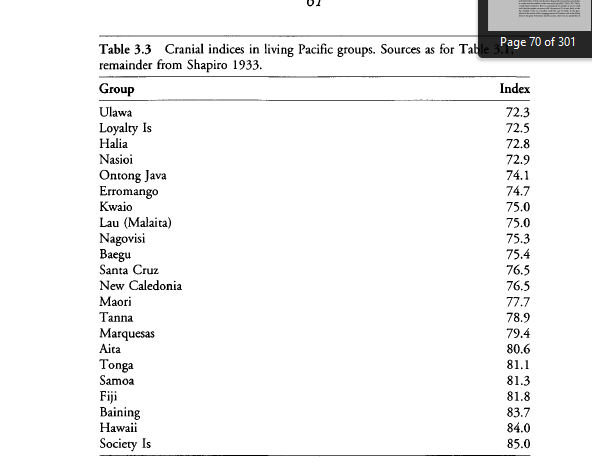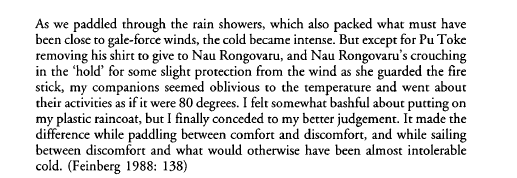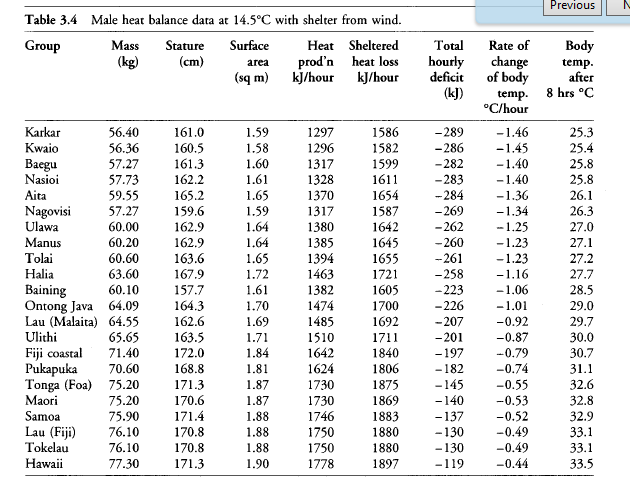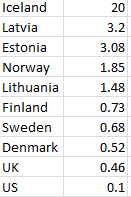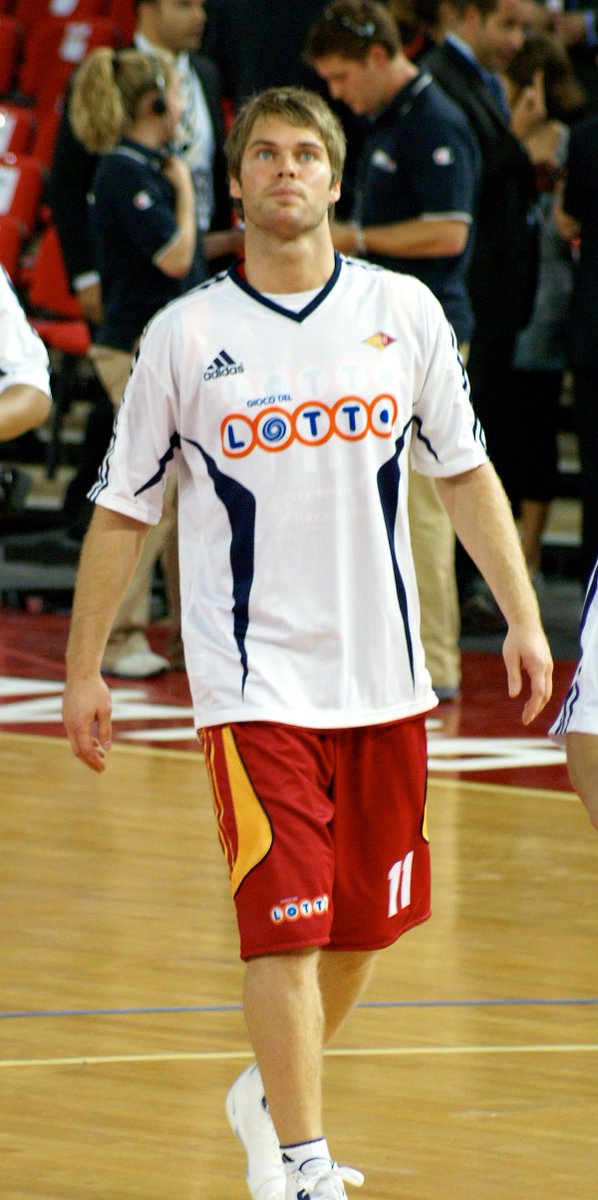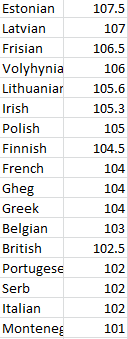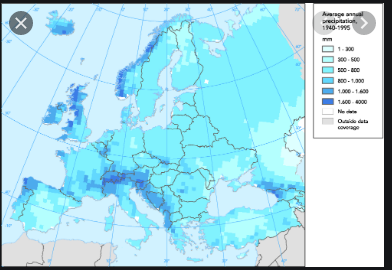Going to come out of eight years of Twitter lurking to try and answer some basic problems of human variation, first one being: "why are Polynesians so big and strong?", with implications for some Europeans too. @Steve_Sailer , @gcochran99, @espressosoldo , @bronzeagemantis
I think this question has been answered by Philip Houghton at Otago, who noticed that Polynesians don& #39;t fit into Allen& #39;s rule of limb proportions: they should be long armed to dissipate tropical heat, but instead they seem to have some of the shortest limbs outside the Eskimo.
Anthropologists around the world have constructed models to predict height based on the length of the femur, but as proportions vary models don& #39;t apply across continents. This is what happens when these equations try to predict the height of the Maori:
In addition to possessing short absolute arms, Polynesia are especially shriveled up at the distal part of the limb where heat is lost the fastest, in keeping with the patterns seen in Eskimo, Saami, and Neanderthals:
Skull shape has been shown to track latitude fairly well, with longer headed populations inhabiting tropical climates, their heads being easier to cool. A spherical, brachycephic skull better conserves heat and that polar feature is again seen in people like Hawaiians:
Ok enough of this: WHY are they cold adapted? In 1976 Ben Finney joined a mixed Polynesian-white crew on a reconstructed outrigger, the Hōkūleʻa, which sailed from Hawaii to Tahiti. It was not a fun trip. Heyerdahl also nearly froze to death more than once while on the Kon-Tiki.
Other anthropologist of the old school have been on similar trips and made note that their Polynesian crewmates seem inhumanly resistant to the same cold wetness that keeps a white man from getting any sleep at all:
This gets to the heart of the thing: big, muscular Polynesian bodies were not built to do hard labor or to fight, they were built to shiver. Muscle generates heat; without it infants cannot shiver and have to rely on their brown fat deposits instead.
As Houghton says: "Heat production above basal level is related directly to activity of skeletal muscle. At basal level, skeletal muscle contributes only 20% of body heat production, but any increase above basal level comes almost entirely from this tissue."
Larger, more muscular people can replace a higher percentage of their lost body heat. A simple model taking into account size, weight, and surface area shows that Polynesians can be expected to generate much more heat with much less loss of calories than nearby Melanesians:
But while Houghton begins and ends in the Pacific, I don& #39;t think they& #39;re the only population who have adapted to wet cold by evolving large, muscular bodies and short, thick limbs. This other bunch was in the news not too long ago
Hafþór Júlíus Björnsson recently deadlifted 1,105 pounds to break Eddie Hall& #39;s record, who himself had surpassed Benedikt Magnusson, yet ANOTHER Icelander. There are only 364,000 of these people in the world! These figure show strongest man finalists per mil in the 21st century:
When Iceland was first discovered agriculture was practiced on a large scale, but after the onset of the Little Ice Age most grain had to be imported and the people subsisted mostly on animal protein, especially fish.
One of the ways Icelanders have apparently adapted to their diet is by acquiring a mandibular torus, a kind of bony outcropping of the lower mouth only seen at the same frequency in the Eskimo, who have a similar hard diet that places great stress on the jaw.
But unlike the Eskimo, since about 1200 fish have been exported on a very large scale from Iceland and the people there have engaged in the activity on a scale unheard of in Europe. As late as 1880, 41% of people in Reykjavík fished for a living and in ultra-cold waters.
Carleton’s 1939 The Races of Europe has a treasure trove of pre World War II anthropological information, but I can’t find any hard numbers on Icelandic arm span. But my rough impression is that they are extremely short limbed. Here for example is the Icelandic Michael Jordan:
But Coon does have relative span (armspan/height) measurements from many other Europeans and the list helps to identity a third population that has also adapted to wet cold in the accustomed way:
Montenegrins were both the tallest and shortest armed people in Europe in 1939 and the same is true today. A 2012 study replicated the finding of a tiny 1.01 wingspan, which is even more anomalous when you consider, as Coon did, that they also have abnormally broad shoulders.
The massive height seen in the ex-Yugoslavia is very strange. In most European groups height seems to increase smoothly as you move north up the first PC of variation, which reaches its northern apex in the tall, blond Latvians and in the other extreme in Sicilians.
Montenegrins and Romanians are fairly close genetically, being much more South European than Old Slavic and yet their difference in height is more than 4 inches. Not only are these people big absolutely, their size is defying a very strong pattern.
My argument here is more speculative than the others, but I think the key factor is the late persistence of the Mediterranean practice of transhumant pastoralism, where herders regularly migrate from warm coastal areas in the summer to highlands in the winter.
High meat consumption, which is characteristic of all the people discussed here, is probably a pre-requisite of large body bulk. But this wouldn’t explain the small arms of Montenegrins and Serbs, and cold stress imposed by the ex Yugoslavia’s very high levels of rainfall would:
Fin. Comments welcome, going to try and do another one of these tomorrow on some of the peculiarities of the Japanese.

 Read on Twitter
Read on Twitter